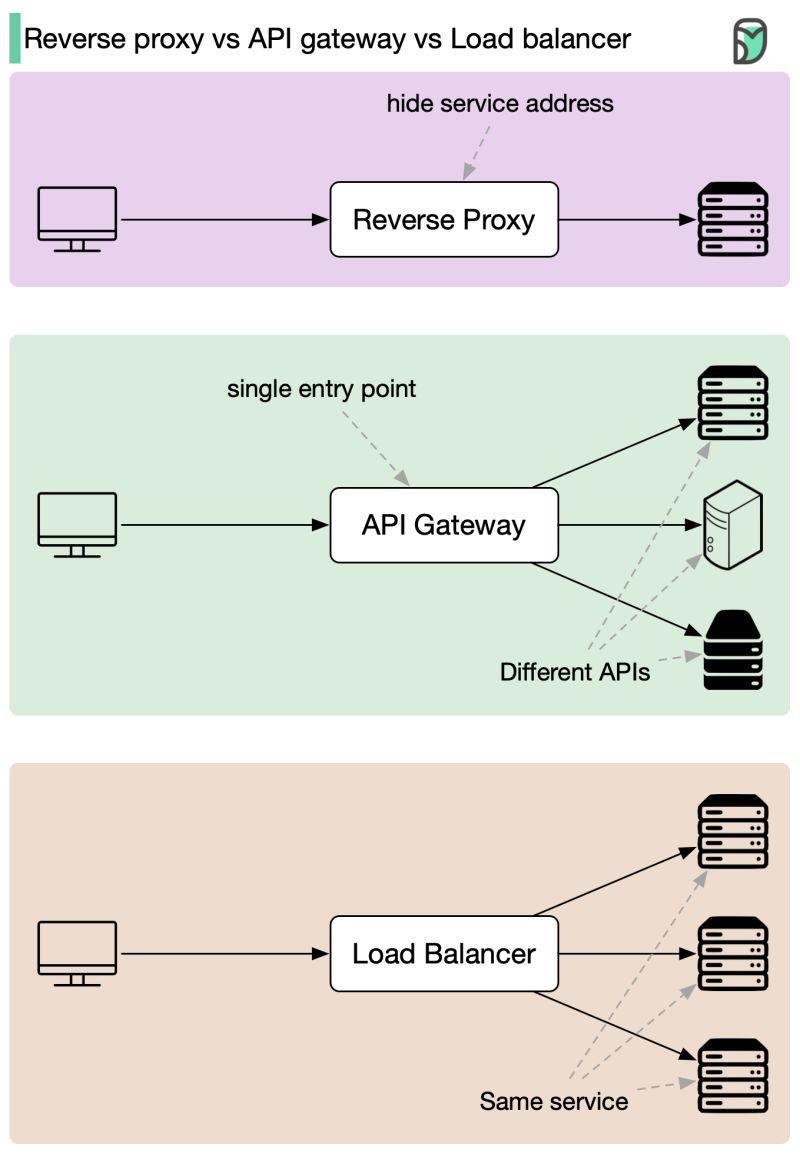Network Components
Network Components
Basics of Network Components
Router
Function: Routes data packets between different networks.Use Cases: Connecting multiple networks, directing internet traffic, establishing VPNs.Security Benefits: Network segmentation, access control, VPN support.
Switch
Function: Connects devices within a single network based on MAC addresses.Use Cases: Local network connectivity, VLAN segmentation, improving network performance.Security Benefits: VLAN support, port security, network monitoring.
Proxy Server
Function: Acts as an intermediary between clients and servers, handling requests on behalf of clients.Use Cases: Content caching, web filtering, anonymizing internet access.Security Benefits: IP address hiding, content filtering, malware scanning.
Wireless Access Point (WAP)
Function: Provides wireless network access to devices.Use Cases: Wireless connectivity, BYOD environments, extending network coverage.Security Benefits: Encryption (WPA3), access control (SSID broadcast control, MAC filtering).
Reverse Proxy
Function: Acts as an intermediary for requests from clients seeking resources from servers. It forwards client requests to the appropriate server and returns the server’s response to the client.Use Cases: Enhancing security by hiding the server’s IP address, providing load balancing, caching content, and facilitating secure communication (e.g., SSL termination).Security Benefits: Protects backend servers from direct exposure to the internet, helps mitigate DDoS attacks, and can enforce web application firewall (WAF) policies.
API Gateway
Function: Manages, secures, and routes API calls between clients and backend services. It can also handle tasks such as request validation, rate limiting, authentication, and authorization.Use Cases: Centralizing API management, simplifying client access to multiple services, applying consistent security policies, and transforming API requests and responses.Security Benefits: Enforces security policies like authentication and authorization, protects against API abuse (e.g., rate limiting), and provides monitoring and logging of API activities.
Load Balancer
Function: Distributes incoming network or application traffic across multiple servers to ensure no single server becomes overwhelmed, thereby improving the availability and reliability of applications.Use Cases: Enhancing the performance and availability of web applications, balancing traffic loads, and providing redundancy.Security Benefits: Can act as a point of enforcement for SSL/TLS encryption, helps mitigate certain types of DDoS attacks by distributing traffic, and improves overall system resilience.
Firewall
Function: Monitors and controls incoming and outgoing network traffic based on predetermined security rules.Use Cases: Protecting network perimeters, segmenting internal networks, controlling access to resources, and preventing unauthorized access.Security Benefits: Blocks malicious traffic, enforces access control policies, and prevents unauthorized access to network resources.
VPN Gateway
Function: Establishes secure connections between an on-premises network and an Azure virtual network over a public network using VPN protocols.Use Cases: Securely connecting remote offices or users to the corporate network, extending on-premises networks to the cloud.Security Benefits: Encrypts data in transit, protects data from interception, and ensures secure access to network resources.
Web Application Firewall (WAF)
Function: Protects web applications by filtering and monitoring HTTP requests and blocking malicious traffic.Use Cases: Protecting web applications from common web exploits like SQL injection, cross-site scripting (XSS), and other OWASP Top 10 vulnerabilities.Security Benefits: Shields applications from common web threats, provides logging and alerting for security events, and enforces security policies to protect web applications.
DNS Firewall
Function: Filters DNS queries to block access to known malicious domains and prevent data exfiltration through DNS.Use Cases: Blocking access to malicious sites, preventing DNS-based attacks, and enforcing acceptable use policies.Security Benefits: Protects against phishing and malware domains, prevents data exfiltration through DNS tunneling, and enhances overall network security.
Intrusion Detection System (IDS) / Intrusion Prevention System (IPS)
Function: Monitors network traffic for suspicious activity and potential threats; IDS alerts on detected threats while IPS can take action to block or mitigate them.Use Cases: Detecting and preventing network-based attacks, monitoring network traffic for anomalies, and enhancing threat detection capabilities.Security Benefits: Identifies and blocks malicious traffic, provides real-time threat detection, and enhances the overall security posture by preventing attacks.
Network Address Translation (NAT) Gateway
Function: Translates private IP addresses to public IP addresses (and vice versa) to enable communication between internal and external networks.Use Cases: Enabling internet access for resources with private IP addresses, conserving public IP addresses, and securing internal network architecture.Security Benefits: Hides internal IP addresses from external entities, reduces the attack surface by using fewer public IP addresses, and controls outbound traffic.
This post is licensed under CC BY 4.0 by the author.
